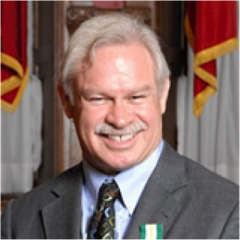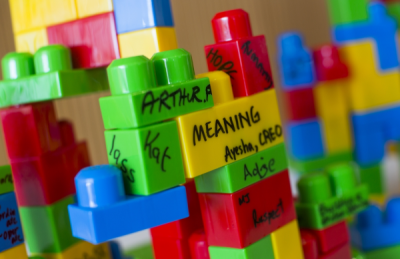 Excerpt from original article in the 2016 issue of The Engaged Scholar Journal
Excerpt from original article in the 2016 issue of The Engaged Scholar Journal
Natalia: Ted, may we first reflect back on the C2UExpo that took place in Ottawa in 2015. I understand that you got involved in this ‘community-to-university’ conference because of your experience and long-term involvement in CES in Canada. It is also my understanding that you partook in earlier conferences as well. What was unique about Ottawa 2015 C2U conference in comparison to others that were held earlier?
Ted: The conference that influenced me most personally was CUExpo 2008, held at the University of Victoria. It was well-organized, well-attended and really had, thanks to its organizers, a movement purpose and feel to it-appropriately. It was place-based and very respectful of, and reliant on, local indigenous lands and knowledge. Plus, the organizers engaged funders, particularly the granting councils, in direct, non-transactional dialogue, and pushed into some new areas, like the edgy citizen-science group they invited from France. However, all the conferences in the CUExpo series—including Waterloo in 2011 and Corner Brook in 2013—have successfully reflected local strengths and cultures, worked closely with community groups, and, at the same time, contributed to the growth of a pan-Canadian movement for community-based research and engaged scholarship. I have no doubt that C2UExpo 2017 at Simon Fraser University will do the same, very successfully.

Attendees built their ideals of community together using lego at C2UExpo 2015. ©Chris Roussakis, Carleton University 2015
In our case, we talked to past organizers and tried to build on their experience and insights. In addition to a core of excellent staff and advisors at Carleton University, we benefited from the valuable advice of 60 volunteers, both practitioners and scholars, from across Canada through various planning committees. For C2UExpo 2015—the 2015 Community, College and University Exposition—we wanted to achieve three specific things beyond mobilizing a lot of diverse players to participate (which itself takes some work!).
First, working with Algonquin College, we explicitly integrated the community colleges, which do a lot of outreach, into conference planning and the program.
Second, we featured speakers who could make visible the connections between engaged scholarship and federal, provincial and local policy change, in such areas as the call for a national inquiry on missing and murdered Aboriginal women, community development in Newfoundland, social innovation by Millennials, and pension plans for non-profits, among others.
Third, we actively sought presenters from Aboriginal and other diverse communities and projects, succeeding pretty well there, too. And we were delighted that Social Sciences and Humanities Research Council (SSHRC) used the C2UExpo 2015 platform to announce its new focus on Aboriginal research.
A less explicit objective was to diversify the funding base of the CUExpo conference model, and we made some gains there, as well, mobilizing financial support from four private foundations, SSHRC, the host institutions, the Community First: Impacts of Community Engagement (CFICE) project and others, including The Engaged Scholar Journal. We also intentionally sourced conference “swag” from ethical businesses, which, I believe, was a first.
Read the full interview on The Engaged Scholar Journal website.